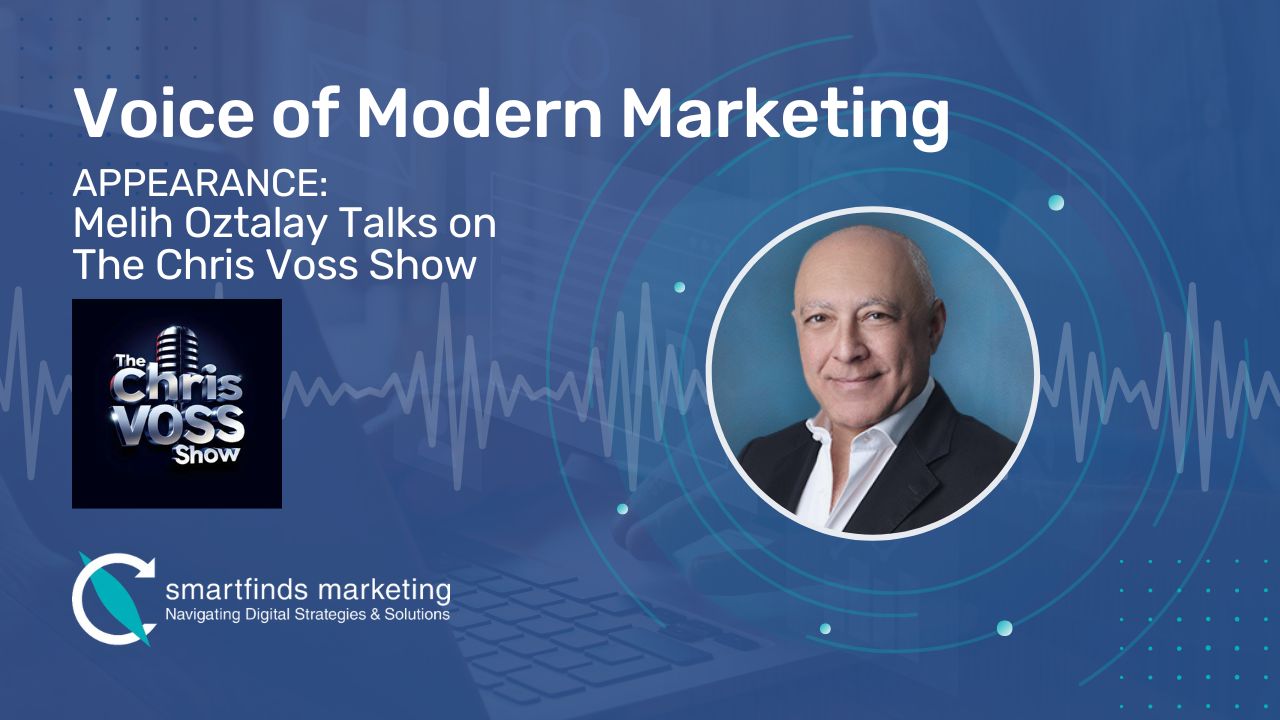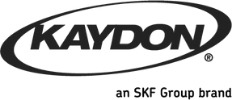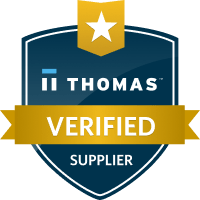
Did you know that 61% of marketers say generating traffic and leads is their biggest challenge? Not surprising, really. There's so much noise now—ads in your feed, emails in your inbox, "growth hacks" in every other headline. And yet, the basics haven't changed all that much. You still need to reach the right people, at the right time, with the right message—and somehow, get them to care enough to act.
Let's take a look inside a Detroit-based marketing Agency, Smartfinds Marketing's Revenue Generation Process.
This blog post is going to give you a closer look at how we actually approach revenue generation, step by step, behind the scenes. Not as a gimmick, but as a practice.
Because for us, revenue generation is more about building something sustainable. Something that works—and keeps working—even when the algorithm changes or the market shifts.
1. What is Revenue Generation?
Some words get thrown around so often that they start to lose meaning. Revenue generation is one of those words. People use it in meetings, in emails, on websites—as if saying it is enough to explain it. But what does it actually mean?
Revenue generation = Marketing that leads to Dollars
Revenue generation is exactly what it sounds like: bringing money into a business. But when we talk about it in a marketing context — especially from the point of view of an agency — it means using marketing tools and strategies to help a business make more sales, sign more clients, or generate paying customers.
It's not just about traffic, brand awareness, or about leads. Rather, it's more like what happens after the lead comes in.
- Did they convert?
- Did they buy something?
- Did they become a source of revenue for the business?
Because that's what businesses care about most — and what a strong, strategic agency is built to deliver.
2. Role of Detroit Marketing Agency in Revenue Generation:
Ask any agency one simple question: How will we know your work is making us money?
A good digital marketing agency will point to clear metrics—sales, booked calls, average order value—and show how their actions move those numbers up. It will turn those passers-by into people who step inside, browse the shelves, and leave with something they've paid for, and then most importantly remember you the next time they need what you sell.
Let's take a step-by-step look at how a good marketing agency operates.
a. First Step For Generating Revenue: Attract
In other words, Getting People to Notice You.
Firstly, a good revenue generation company knows how to get more of the right people to notice the storefront. Occasionally, taking an example of a physical store, instead of waiting for foot traffic to wander in, they hang an eye-catching display, send out well-placed flyers, and make sure every local map points straight to your door.
In digital terms, that means
- search-engine work
- paid ads
- social posts
and any tactic that raises your visibility to customers who are already looking for what you offer. The agency's job at this stage is pure attraction: increase the flow of qualified visitors so the store never feels empty due to the constant hustling and bustling of targeted audience.
b. Second Step For Revenue Optimization: Convert
Simply put, turning those people into happy buyers.
Once people step through the door, a good revenue generation agency focuses on helping them buy. Take, for instance, a friendly clerk who guides visitors to exactly the right shelf, answers questions before they're even asked, and makes checkout painless.
Digitally, that translates into
- clear product pages
- persuasive copy
- fast load times
and a checkout process so intuitive that hesitation melts away. Here, the agency measures success by the percentage of visitors who become buyers, because traffic without sales is just window-shopping.
c. Third Step For Revenue Generation: Retain
Encouraging buyers to come back and spend again
After a purchase, a good marketing agency keeps the relationship alive. Like a follow-up note that thanks customers for stopping by and lets them know when new stock arrives. Digitally, this might be
- an email series
- a remarketing ad
or a loyalty perk that pulls happy customers back for a second or third purchase. Recurring revenue is easier and cheaper than winning over strangers all over again, so the agency treats each buyer as the beginning of a longer conversation, not the end of a transaction.
Taken together, attracting the right crowd, guiding them smoothly to purchase, and inviting them back, this is a real revenue generation.
Smartfinds Marketing is a Detroit based Marketing Agency that uses marketing tools the way a skilled shopkeeper uses hospitality and merchandising: not for show, but so more people walk out the door glad they spent their money with you, and eager to do it again.
3. Can Detroit Marketing Agency Track How Much Revenue is Generated?
Yes, and here's how we do it:
a. Tag Every Click So The Money Has a Name:
Think of every marketing action
- An ad click
- an email link
- even a QR code on a flyer
as a tiny breadcrumb you drop along the customer's path. When someone follows that breadcrumb and eventually buys, modern analytics tools can trace their entire journey backward, breadcrumb by breadcrumb, to see where it began.
The trick is to label each breadcrumb before you drop it. We do that with simple tags called UTMs. They're bits of code you tack onto a URL so Google Analytics (or any other analytics platform) can see, "Oh, this purchase started with the March-15 Facebook ad" or "This one came from the newsletter sent on Tuesday."
b. Revenue Attribution Via Closed Loop Reporting:
Labeling the click is only half the job. Next, you feed real sales numbers—whether those are e-commerce totals, invoice amounts from a CRM, or even offline deals—back into the same analytics system.
Instead of a vague note that "22 people filled out the form," the dashboard now shows, for example, "Those 22 people bought $3,450 worth of services." Suddenly, the revenue tied to that one email, ad, or blog post is visible in black and white.
c. Multi-Touch Attribution
Of course, buyers rarely move in a straight line. A prospect might first hear of you in a podcast, later click a retargeting ad, and finally purchase after reading a case study. That winding route is called a multi-touch journey.
Attribution models—think of them as scorecards—assign partial credit to every stop along the way, so the podcast, the ad, and the case study each share the final dollar amount instead of one channel hogging all the praise.
Over time, patterns emerge: maybe podcasts consistently influence bigger deals, while retargeting ads close smaller, quicker ones. That insight guides budget decisions.
d. Validating Analytics Data With Actual Revenue
Finally, to be certain the data isn't fooling you, smart marketers run real-world tests: they pause a campaign for one region while keeping it live elsewhere, or they shift spend from one channel to another and watch how revenue reacts.
If sales dip where ads go dark and rise where ads stay active, that's strong evidence that the campaign truly drives income.
With these methods—tagging every click, capturing every sale, and validating with controlled tests—you move from guessing about marketing's impact to seeing it line by line on a revenue report.
4. Smartfinds Marketing: Detroit-based Marketing Agency
At SmartFinds, we've spent more than thirty years watching the rules of marketing bend, break, and rebuild themselves. And through all the changes, one thing has stayed constant: revenue doesn't come from guessing.
It comes from understanding. From doing the patient, sometimes unglamorous work of listening to what the data says, and then translating that into something human, something that creates trust.
Closing Thoughts:
After digging inside a Detroit Marketing Agency, like Smartdinds Marketing, the Revenue Generation Process, we can guess how pragmatic the approach is. It isn't marketing for marketing's sake; it's a disciplined system that starts with attracting qualified traffic, then fine-tunes every page and campaign until those visitors buy — and buy again.
What we appreciate most is the insistence on closing the loop: every click is tagged, every sale flows back into the dashboard, and budgets get adjusted by what the numbers prove, not by hunches.
Book an intro call to discover how Smartfinds Marketing can help Boost Your ROI.
FAQs:
1. What makes a Detroit marketing agency better suited to handle my local or regional audience than a national firm?
A Detroit agency like Smartfinds lives on evolving market trends. We understand local search trends, media outlets, and consumer nuances that national firms overlook.
That insight lets us craft geo-targeted campaigns, secure regional press, and optimize for "near me" searches—moves that turn nearby prospects into paying customers faster than one-size-fits-all tactics.
2. Which metrics does SmartFinds track to prove that a campaign is adding dollars to the bottom line?
We tag every click and sync closed-won sales back into our dashboard, then report on revenue per channel, cost per acquisition (CPA), return on ad spend (ROAS), and customer lifetime value (CLV). If a metric doesn't tie to cash in the bank, it doesn't drive our decisions.
3. Does the agency use AI integration, and if so, how do humans stay involved?
Yes, AI handles the heavy lifting: pattern-spotting in keyword data, real-time bid adjustments, and predictive lead scoring. Humans stay firmly at the helm, translating those insights into creative strategy, refining messaging, and making judgment calls AI can't.
Author: Momna Baig




















